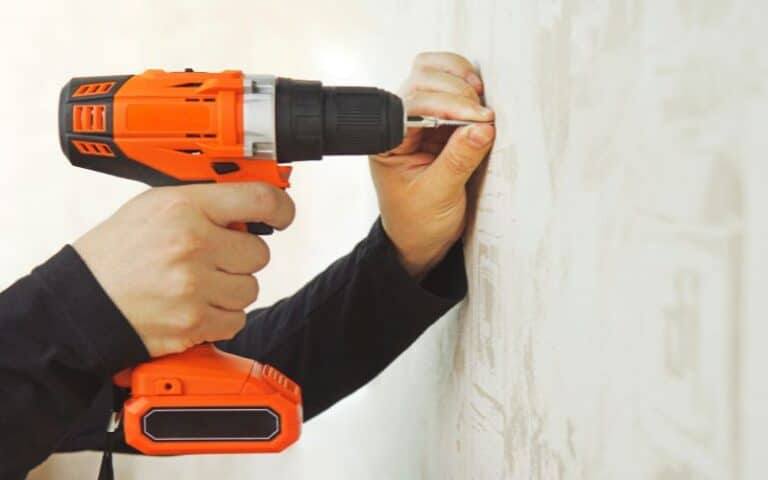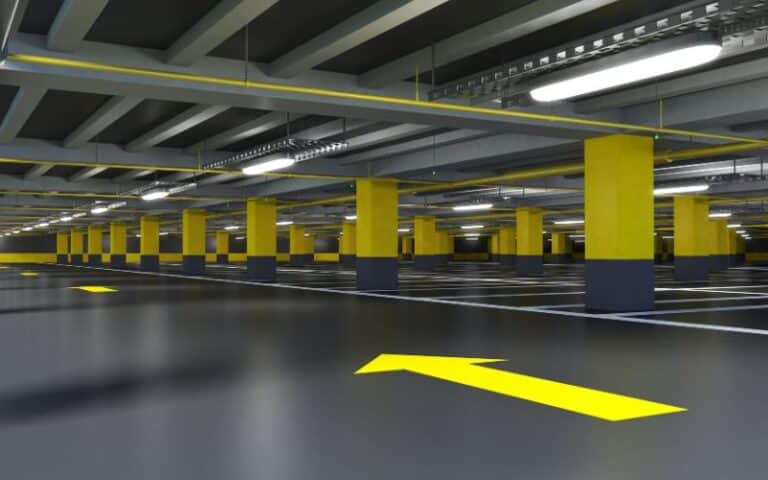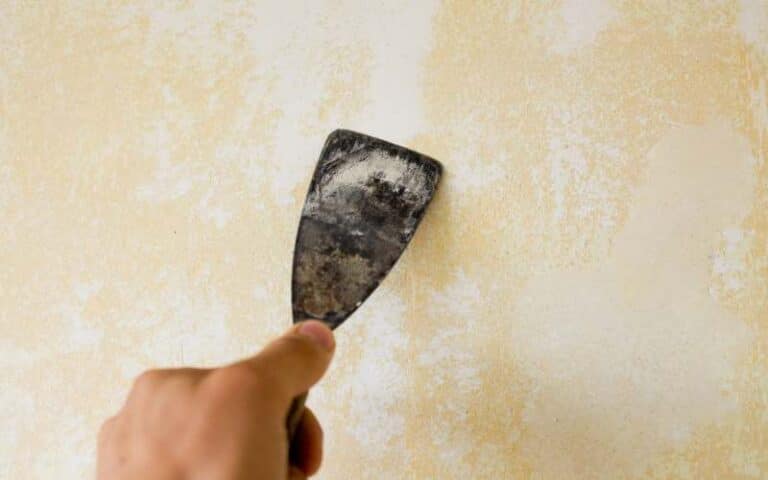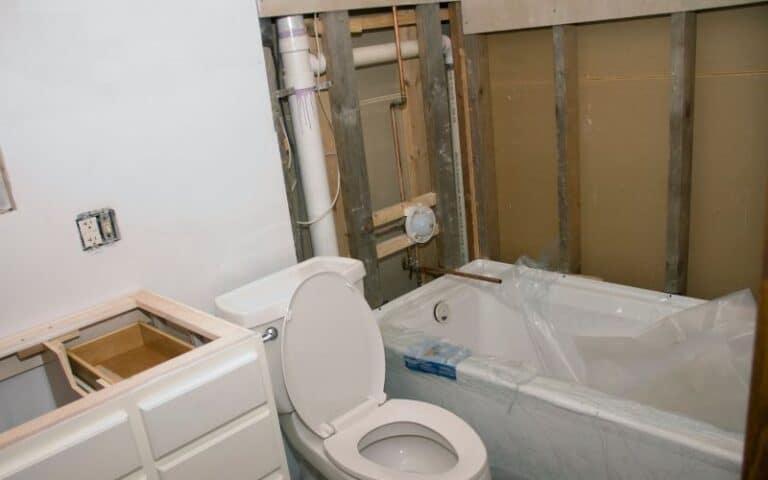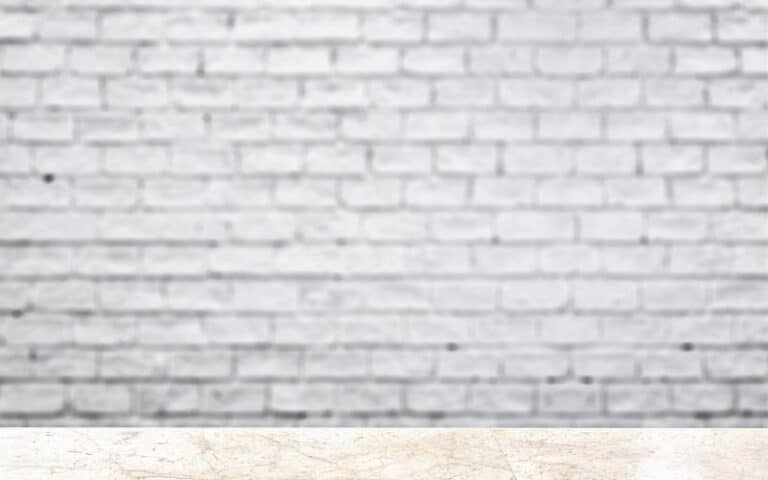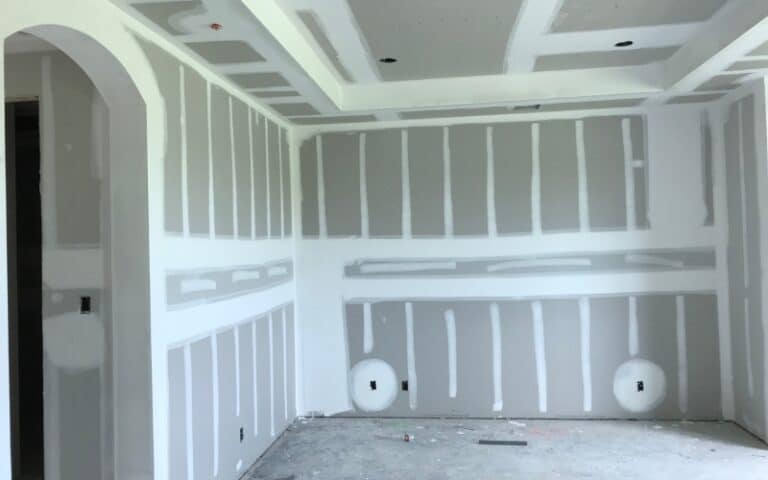You’re in for a treat if you love interior design and continuously search for creative ways to update your living spaces.
This fantastic product might become your new best friend and give your walls a modern and fresh look.
If you intend to tile over-painted drywall, you may wonder if Mapei Type 1 may be used for this application.
For remodeling walls with the current paint, Mapei Type 1 Over Painted Drywall is a flexible option that offers excellent adhesion, simple application, and durability. Its smooth consistency and firm binding enable the direct application of new finishes without substantial surface preparation. Quickly transform your living areas with this sturdy product.
In this article, we’ll explore the several factors of using Mapei Type 1 Over Painted Drywall.
We’ll also discuss its durability and other alternative methods if it doesn’t suit you.
Ready for a Drywall Quiz?
Can You Use Mapei Type 1 Over Painted Drywall?
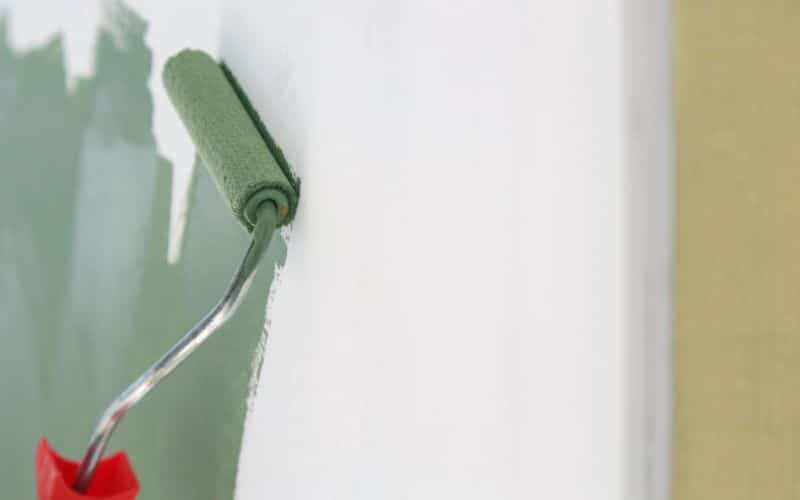
Mapei Type 1 is a high-quality, ready-to-use adhesive frequently used to install tiled surfaces such as porcelain, ceramic, and slate tiles.
Thoroughly cleaning and adequately preparing the substrates is typically necessary before applying Mapei Type 1.
While it is not intended for painted surfaces, Mapei Type 1 can be used over painted drywall in certain conditions.
Before proceeding, there are a few factors to consider:
#1. Paint Condition
The drywall’s paint has to be in good shape and show no symptoms of peeling off, cracking, or rising.
We advise removing the paint from the drywall if damaged or not sticking effectively before using glue.
#2. Surface Preparation
A sound tile installation depends on thorough surface preparation.
It is crucial to adequately clean the painted surface and ensure it is free of any impurities, including grease and dirt.
To make the painted surface somewhat rougher and better for adherence, it is also a good idea to lightly sand it.
#3. Compatibility
Mapei Type 1 is usually appropriate for a range of substrates, but ensuring it’s compatible with your specific drywall paint is essential.
Some paints could include coats or additives that impact how well the adhesive sticks.
We advise reviewing the manufacturer’s instructions to ensure compatibility or contacting Mapei for assistance.
#4. Weight and Size of Tiles
Consider the size and weight of the ceramic tiles you plan to place. Also, Purchase the right size of trowel for efficient application.
Small to large tiles go well with Mapei Type 1. Using specialized glue designed for more oversized or heftier tiles is frequently advised.
#5. Thinset
Utilizing a modified powdered thinset is best when installing tiles over new drywall. It is possible to use Mapei Type 1 for this purpose.
However, it is important to note that Mapei Type 1 should not be used underneath cement boards. It is crucial to remark on this point.
When using Mapei Type 1, it is recommended to limit the tile size to a maximum of 6″ x 6″ for floors and 12″ x 12″ for walls.
Moreover, knowing that using Mapei Type 1 over-painted drywall can impact warranty coverage and long-term effectiveness is crucial.
How Durable is Mapei Type 1 Over-Painted Drywall?
Using Mapei Type 1 tile adhesive over painted drywall can compromise the installation’s longevity.
The adhesive aims to firmly adhere the tile to the substrate, guaranteeing long-lasting performance.
However, the connection might need to be more robust when placed over painted surfaces.
The quality of the painted surface, the paint, and the level of preparation made before using the adhesive are just a few of the variables that affect how long the installation will last.
Painted surfaces can hamper the ability of the glue to connect successfully with the drywall since they can act as a barrier.
It is possible to achieve satisfactory results when applying Mapei Type 1 adhesive on painted drywall, although the durability will ultimately depend on several factors:
#1. Paint Condition
The drywall’s current paint’s stickiness significantly impacts the installation’s longevity.
If the paint is in excellent condition and adequately applied to the surface, it can enhance the overall reliability of the installation.
However, if the paint is flaking, peeling, or poorly adhered to the walls, it may hamper the long-term performance.
#2. Surface Preparation
It is essential to prepare the surface properly to achieve high adhesion and durability. The painted surface needs to be well-cleaned, devoid of any impurities, and gently sanded to give it a slightly rougher feel.
The glue can better adhere to the painted surface thanks to this preparation.
However, the surface type plays a considerable role in the adhesion of the Mapei Type 1.
The table below highlights different surfaces and their adhesion.
| Surfaces | Description |
|---|---|
| Painted Drywall | Adheres securely to previously painted drywall surfaces |
| Textured Surfaces | Provides excellent adhesion on various textured walls |
| Wood | Suitable for applying over previously painted wood |
| Metal | You can use it on painted metal surfaces. |
| Plaster | Works effectively on painted plaster surfaces |
It’s versatility and strong adhesion properties make it a reliable choice for easily transforming multiple types of surfaces.
#3. Tile Quantity and Size
The quantity and size of the fitted ceramic tiles will also impact the total longevity of the installation. Mapei Type 1 works well with small to medium-sized tiles.
If you install larger or heavier tiles, using a different glue specifically made for such purposes is advised.
Using the glue outside the specified parameters may compromise the installation’s longevity.
#4. Environmental Conditions
Environmental factors can affect the durability of any tile installation.
Factors like temperature changes, humidity, and proximity to moisture or chemicals may impact the adhesive’s durability.
It is crucial to consider the particular installation site conditions and confirm that the glue is appropriate.
To establish a strong connection, cutting off any previous paint or coating on the drywall before putting the adhesive is generally advised.
Sanding or applying a paint remover can provide a smooth, suitable base for the adhesive.
For the best outcomes, it’s critical to consider the unique circumstances, speak with a specialist, or follow the manufacturer’s instructions if you apply Mapei Type 1 over painted drywall.
To ensure the longevity of the installation, they can provide specialized advice based on the type of paint, the condition of the drywall, and the intended usage.
Applying an adhesive over painted drywall could impact warranty protection and long-term performance.
Even though Mapei Type 1 can offer a strong bond and good durability when appropriately used.
We advise engaging an expert contractor or contacting Mapei directly for expert guidance based on your specific circumstances.
Mapei Type 1 over-painted drywall can last as long as feasible with proper surface preparation, respect to manufacturer instructions, and consideration of the unique installation environment.
Alternatives to Mapei Type 1 for Tiling Over Painted Drywall?
To establish a suitable surface for installing tiles on top, If painted drywall usually is advised to remove the paint.
If you would instead not use Mapei Type 1 and peeling the paint is not possible or needed, there are several alternative methods and materials you can take into consideration.
Here are some alternatives:
#1. Epoxy-Based Adhesive
Epoxy-based adhesives are renowned for their exceptional durability and bonding power. They can offer a solid bond even on complex surfaces like painted drywall.
Epoxy adhesives come in various formulas, especially those made for installing tiles.
Ensure the epoxy adhesive you select is appropriate for the tiles you’ll be utilizing.
#2. Acrylic Modified Thinset Mortar
Another choice for tiling over painted drywall is thin-set cement treated with acrylic.
This mortar has additives that improve its adhesive qualities, making it appropriate for complex surfaces.
Select a thin-set mortar only if it expressly states that it is compatible with painted surfaces.
Observe the application and surface preparation guidelines provided by the manufacturer.
#3. Latex-Modified Thinset Mortar
For tile installations, latex-modified thin-set mortar is a popular option. It has good flexibility and bonding strength, which can help offset modest substrate displacement.
Some thin-set mortars with latex modifications can be applied over painted surfaces. Make sure the product specifically indicates that it is compatible with painted drywall.
#4. Pressure-Sensitive Adhesive Sheets
An alternative option for tiling over painted drywall is peel-and-stick tile adhesive sheets, known as pressure-sensitive adhesive sheets.
These sheets have a pre-applied adhesive layer that activates when pressure is applied during installation. They are relatively easy to work with and can create a strong bond.
To ensure compatibility with painted surfaces, select a product mainly advised for application on painted surfaces.
#5. Mechanical Fastening
Another choice is to install a cementitious baseboard over the painted drywall using mechanical fasteners, like screws or nails.
For installing tiles, the backer board offers a solid and adequate surface. Ensure to utilize suitable fasteners and installation methods for the type of backer board and wall construction.
Always adhere to the directions and recommendations the manufacturer provides for the products you select to utilize.
An expert or tile installation specialist may offer helpful advice and guarantee a successful and long-lasting ceramic project over painted drywall.
It is crucial to read and carefully follow the manufacturer’s instructions for any adhesive product you choose, as the implementation and surface prep requirements may vary.
To ensure the appropriateness of the chosen glue for your tiling project, taking into account factors such as tile weight, size, and environmental conditions is crucial.
If you need clarification on the best adhesive option, it is recommended to call a professional installer or seek advice directly from the Mapei producers.
FAQs
What is the Approved Cure Time for Mapei Type 1 Over-painted Drywall Before Tiling?
It is typically advised to allow the glue at least 24 to 48 hours to cure before tiling.
Can I Grout Soon After TIling with Mapei Type 1 Over Painted Drywall?
It’s crucial to follow the glue manufacturer’s advice and wait until the tile installation is fully dry before grouting.
Can I Apply Primer Over the Painted Surface Before Using Mapei Type 1 Adhesive?
Laying a primer over the painted surface improves the adherence and durability of the tile installation.

